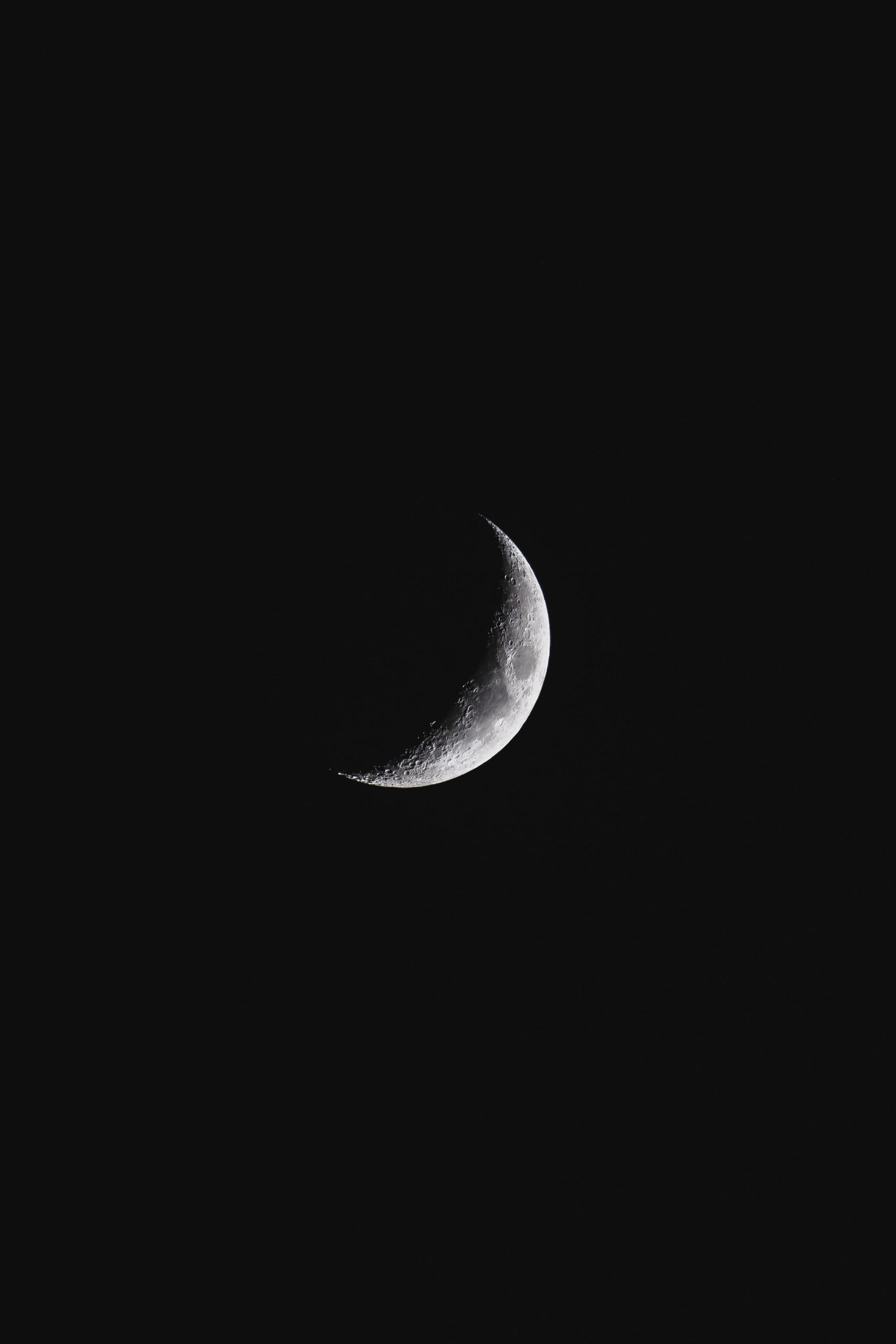What Does the Moon Symbolize?
Throughout history, the moon has held a mystical fascination for humans. It has been revered and symbolized in various cultures and mythologies since time immemorial. From ancient folklore and religious beliefs to modern scientific understanding, the moon has served as a powerful symbol, representing a multitude of concepts and emotions. In this blog post, we will explore the deep symbolism associated with the moon and its significance across different cultures.
The Moon in Mythology and Religion
One of the earliest records of the moon’s symbolism can be traced back to ancient civilizations such as the Sumerians, Egyptians, and the Mayans. In Sumerian mythology, the moon was associated with the goddess Nanna, who represented fertility and the nurturing aspect of femininity. In ancient Egypt, the moon was connected to the god Thoth, the deity of wisdom, writing, and the sciences.
The moon’s symbolism is also prevalent in various religious traditions. In Hinduism, the moon is connected to the god Chandra, who is associated with emotions, tranquility, and the divine feminine. In Buddhism, the silvery glow of the moon represents enlightenment and the calming of the mind. Meanwhile, in Islam, the lunar calendar holds great significance for religious observances, with the sighting of the new moon marking the beginning of each month.
The Moon in Astrology
Astrologically, the moon symbolizes a person’s emotions, instincts, and subconscious mind. In traditional astrology, the moon represents the mother, nurturing, and the inner world of feelings. It governs basic needs, security, and the way we express ourselves emotionally. The phase of the moon at the time of a person’s birth is believed to influence their personality and emotional tendencies.
The moon is divided into eight distinct phases, each with its symbolic meaning. The waxing crescent symbolizes new beginnings and growth, while the full moon represents completion and heightened intuition. The waning crescent signifies release and letting go, and the new moon symbolizes rebirth and fresh starts.
The Moon in Literature and Arts
For centuries, writers, poets, and artists have drawn inspiration from the moon’s beauty and symbolism. In literature, the moon often represents romanticism, mystery, and the sublime. From Shakespeare’s sonnets to the works of poets like Rumi and Pablo Neruda, the moon has been a recurring motif, evoking emotions of longing, love, and spiritual transformation.
In the world of visual arts, the moon has been depicted in countless paintings, photographs, and sculptures. Artists have used its ethereal light and shape to create moody atmospheres, convey emotional depth, and explore the duality of light and darkness. From Van Gogh’s famous “Starry Night” to the serene works of Claude Monet, the moon continues to captivate both artists and viewers alike.
The Moon in Folklore and Superstitions
Across cultures, the moon has been associated with various folklore, legends, and superstitions. Werewolves, for instance, are mythical beings who transform into their wolf-like form under the light of the full moon. This belief stems from ancient folklore that connected the moon’s cycles to human behavior and transformation.
Superstitions surrounding the moon include the belief that it brings good luck, influences human behavior, or even affects the outcome of events. Many cultures have associated the full moon with increased fertility, and sailors have long relied on the moon to guide their journeys across vast oceans.
The Moon in Science and Exploration
In modern times, the moon’s symbolism has extended beyond mythology and folklore. The scientific exploration of the moon has revealed invaluable insights into the formation of our solar system and has allowed humans to take their first steps beyond Earth’s boundaries.
Neil Armstrong’s historic moon landing in 1969 symbolized human achievement, exploration, and the spirit of adventure. The moon serves as a constant reminder of humanity’s quest for knowledge and the infinite possibilities that lie beyond our earthly realm.
In Conclusion
The moon has played a powerful role in shaping human history, culture, and spirituality. From its significance in ancient mythology and religious beliefs to its portrayal in literature, arts, and scientific exploration, the moon has come to symbolize an array of concepts and emotions.
Whether representing femininity and fertility, emotions and instincts, or enlightenment and the pursuit of knowledge, the moon continues to capture our imagination and evoke a sense of wonder. Its timeless presence in the night sky serves as a reminder of the interconnectedness of humanity, nature, and the cosmos.
Next time you gaze up at the moon, allow yourself to be touched by its symbolic magic and reflect upon the profound meanings it holds throughout the rich tapestry of human existence.
Table of Contents
